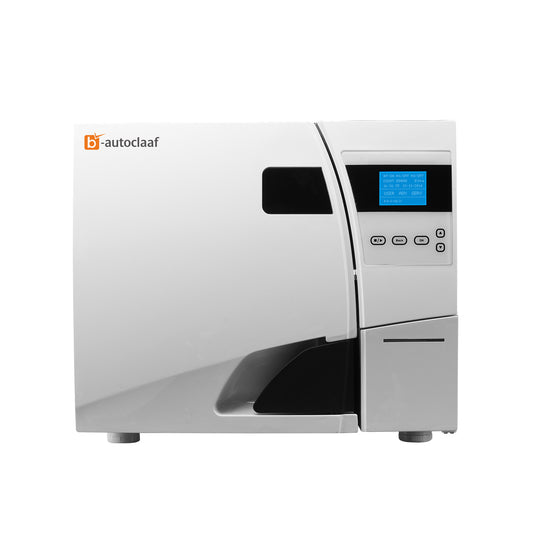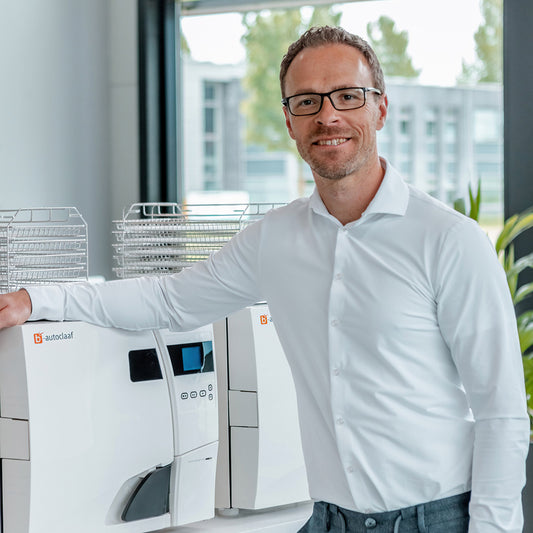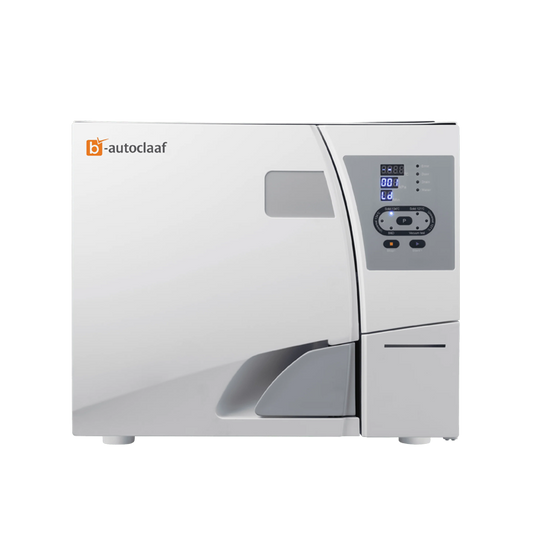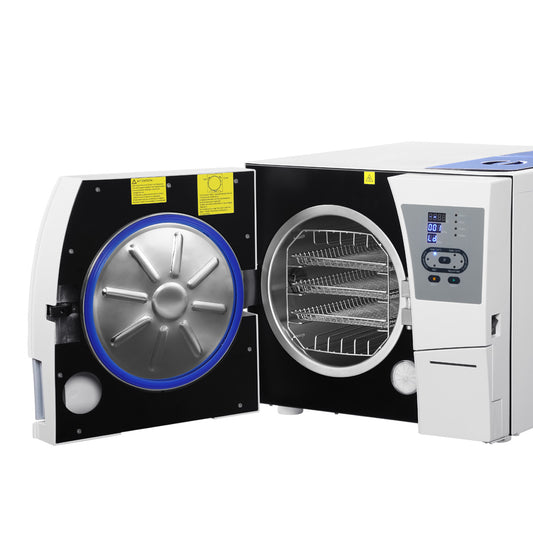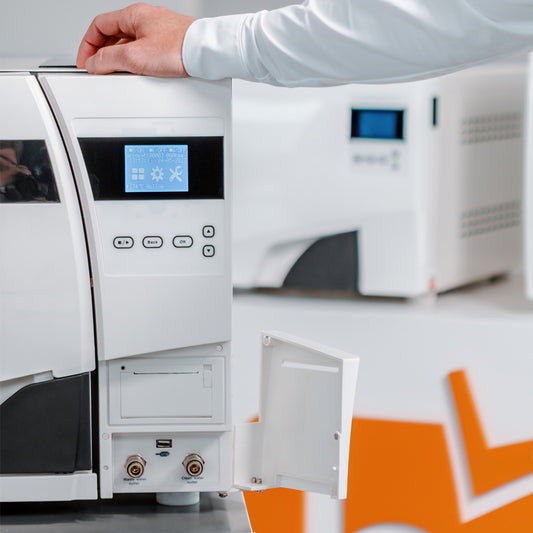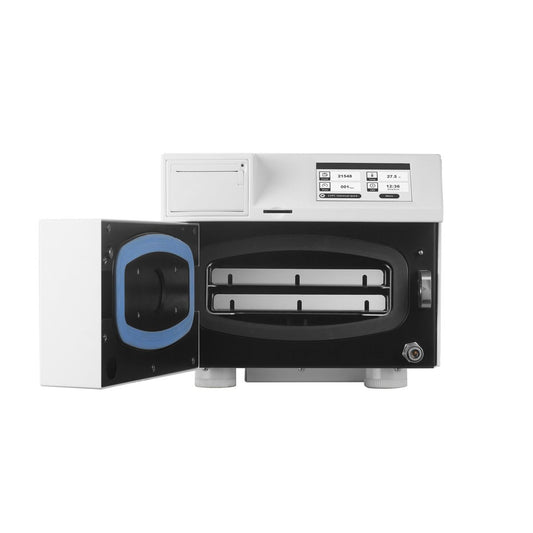How does an autoclave sterilize?
A autoclave is a device used to sterilize materials through steam under pressure. It is one of the most effective and safe methods of sterilizing materials, and is often used in the medical and pharmaceutical industries, laboratories and breweries. In this blog, we will discuss how sterilization in an autoclave works and what factors are important in achieving effective sterilization.
How does sterilization in an autoclave work?
Sterilization in an autoclave is achieved through heat and pressure sterilization. When the autoclave door is closed, pressurized steam is fed into the sterilization chamber. The materials placed in the autoclave are exposed to the heat of the steam, which kills most microorganisms, such as bacteria, viruses and fungi. The pressure applied during sterilization helps the heat penetrate deeper into the materials and ensure that the sterilization is effective.
Important factors for effective sterilization
- Temperature: An important factor for effective sterilization is temperature. Most microorganisms are killed at temperatures above 100 degrees Celsius. Autoclaves typically use temperatures between 120-135 degrees Celsius for sterilization.
- Pressure: Pressure is also an important factor for effective sterilization. It helps heat penetrate deeper into the materials and ensure that sterilization is effective. Autoclaves typically operate at pressures of 15-20 psi (pounds per square inch).
- Time: The sterilization time is also important in achieving effective sterilization. It depends on the size and quantity of the materials to be sterilized, as well as the type of microorganisms present.
- Use of indicators: To ensure that sterilization has been effective, indicators such as chemical and biological indicators are often used. These are used to verify that proper sterilization conditions have been achieved, such as the correct temperature and time.
In summary, sterilization in an autoclave works through heat and pressure sterilization. Important factors for effective sterilization are temperature, pressure and time. It is also important to use indicators to verify that proper sterilization conditions have been achieved. By following the proper procedure and maintaining the autoclave regularly, effective sterilization can be achieved and safety ensured.
Do you have any questions about our autoclaves? Please feel free tocontact .
